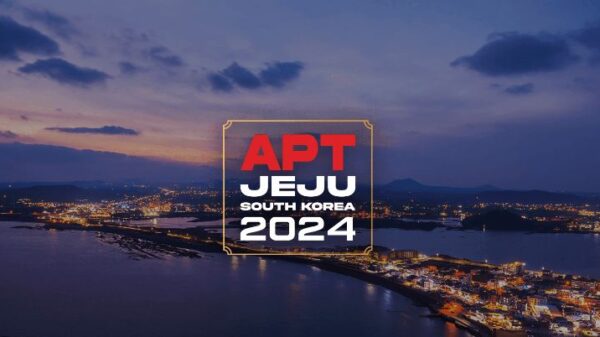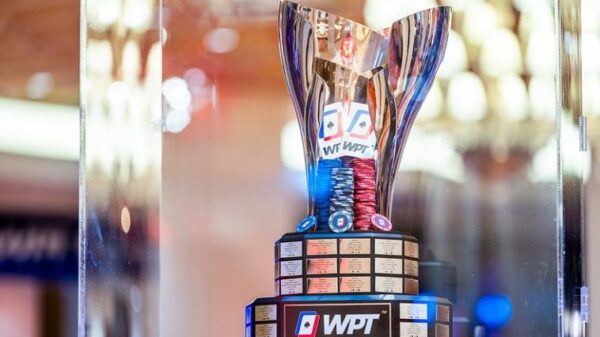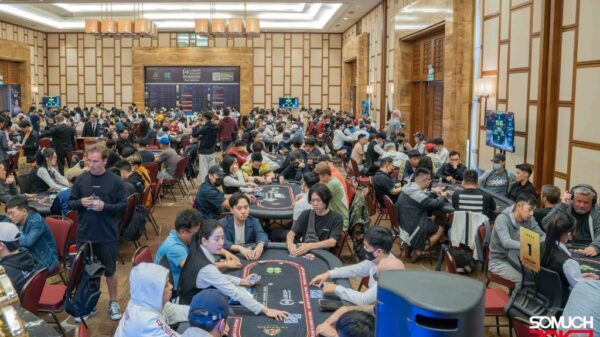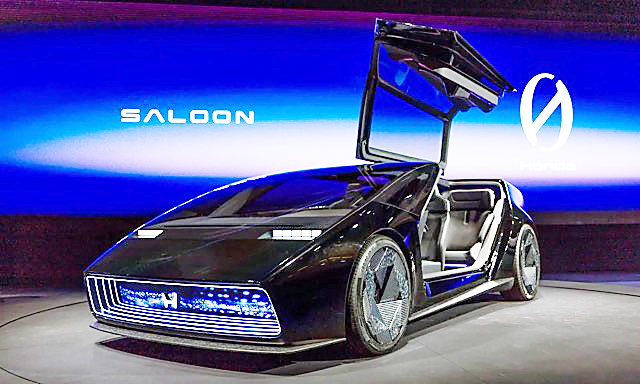At last week’s Consumer Electronics Show in Las Vegas, Nevada, Japanese automaker Honda unveiled two concept models that offer an early look on how its products will look like in the coming years.
The concept models, Saloon and Space-Hub, will be the first two of new-generation of EVs under what the company calls as the “Honda 0 (zero) Series.” The final forms of the two models are scheduled to go into production by 2026.
The Saloon concept, which is set to become the flagship Honda 0 Series, has a low, aerodynamic and angular silhouette.
Behind its gull wing doors are four seats that are positioned low to the ground much like those in sports cars. There’s a full-width dashboard display that stretches from door to door so one could just imagine the smart and intuitive technology available at the driver and passengers’ fingertips.
The Space-Hub concept, meanwhile, is taller with a body resembling a van. The vehicle’s interior is designed to “augment people’s daily lives” by offering a flexible space that immediately accommodates what the users want to do; a sort of hub that connects the passenger to the rest of the world.
The CES 2024, which ran from 9 to 12 January 2024, is one of the world’s largest technology trade shows where advanced technologies and innovative products go on display. The event has become a trendsetter that influences future lifestyles and businesses.
- THE Saloon concept is set to become the flagship Honda 0 Series.

WITH a body resembling a van, the Space-Hub concept has an interior designed to ‘augment people’s daily lives.’
Starting point
According to the Honda press statement, the Honda 0 Series represents the company’s determination in taking on the challenge to go back to the starting point where Honda, as an automaker, will create completely new EVs.
Honda president Toshihiro Mibe said the Honda 0 Series will prove the company’s determination to achieve “zero environmental impact” throughout the vehicle’s life cycle, including corporate activities, and “zero traffic collision fatalities” involving Honda motorcycles and automobiles.
The Honda 0 Series, he explained, also represents Honda’s commitment to reset the status quo, creating a completely new value which is represented by the concept models Saloon and Space-Hub.
To achieve this, Honda adopted the “Thin, Light and Wise” approach.
Mibe, in explaining the approach, said: “A ‘thin’ platform with a low overall height achieves an attractive design and aerodynamic performance. ‘Light’ aims to realize the light EVs with proprietary technologies that defy conventional EV theories. ‘Wise’ aims to create EV value that cannot be described by the word ‘smart’, by applying the technology, philosophy, and spirit cultivated through 75 years of manufacturing to every part of automobiles. Although these are different from the current trend of EVs, the true joy of a car should be found in the ride. Considering what a car should be like to please our customers, and by thoroughly thinking through the ‘man maximum, machine minimum’ philosophy and joy of driving that Honda values, we arrived at ‘Thin, Light and Wise’.”
Welcome development
It was a welcome development for a global brand that at the moment has no full electric vehicle in its lineup despite being one of the first automakers to research on EVs.
In 1988, a research team used a stripped down Honda CR-X and later, a three-door Civic to build a series of prototype EVs. By 1990 they were able to present their creation to Honda executives. But since battery technology was still in its infancy, the Japanese automaker’s focus shifted toward hybrid technology that offered more potential.
But ever since technologies driving the shift to electric vehicles have progressed significantly, Honda, in 2022, saw an opportunity to revive its EV program and announced a $39.8-billion investment to electrify its lineup (including software and research and development) over the next decade. By 2030, it expects to have introduced 30 EV models.
To mark the significance of this development, Honda also announced it will use a new Honda “H” logo. All Honda 0 Series models will now carry this H badge that signals the company’s determination to pursue the transformation. Honda believes it also symbolizes its new corporate attitude of going beyond the origin of Honda and constantly pursuing new challenges and advancements.
The last time Honda decided for a major logo change was in 1981.



















